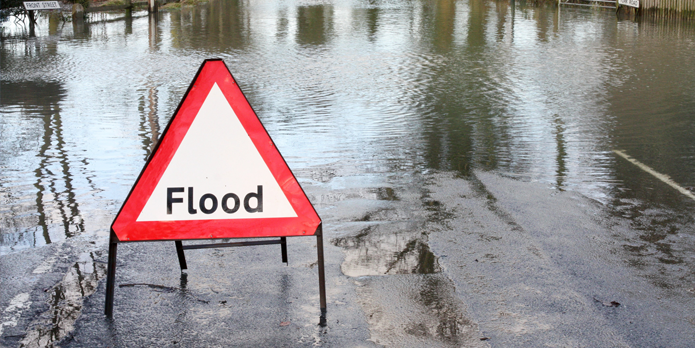
Experts discuss the biggest challenges to overcome in delivering flood resilient developments
The National Audit Office has today released a report warning that spending on flood defences in the UK is ‘insufficient’. But what can actually be done to help increase flood resilience? Ahead of its event on planning for flood resilience later this month, Waterfront Conference Company asks key industry experts this pertinent question:
Q: What are the biggest challenges to overcome in delivering flood resilient developments in the UK?
Espen Østbye-Strøm, chief operating officer of Floodline Development, said: “There are challenges associated with delivering flood resilient developments, and the ability to obtain funding and the required insurance cover for fully flood resilient developments is in its infancy. As flood resilience becomes the norm, the funding institutions’ ability to look beyond traditional development methodologies will improve, and this again will encourage developers to want to deliver flood resilient developments.
“Also, the EA and local planning authorities need education to understand the benefit of flood resilient developments and the wider improvements they can bring to existing households. This obviously takes extra time, and therefore costs more money than a straightforward traditional development approach.
“Finally, flood resilient developments tend to have less dense developments to allow for more space for flood waters, which again impacts on financial viability of projects which needs to be reflected in lower land values.”
Peter Bide, independent consultant, said: “If planners and developers understand the importance of managing water – how surface water flows and where groundwater emerges; and how floods develop – then they can build flood resilient development that can help reduce flood risk to the wider community as well as to the development itself. If considered early in the process of planning the development, this need not add to the cost of the development, and may even save costs through cheaper drainage solutions. Sustainable drainage systems can also provide other benefits including better amenity that can increase the value of the development.”
Sun Yan Evans, technical director and practice leader for flood risk management at Mott MacDonald, said: “Firstly, we must understand the risks faced both now and in the future. Secondly, we need to try and understand the uncertainties, particularly in projecting into the future, and how to deal with these uncertainties. Following this we need to develop the right solutions that are:
(i) Cost effective for now
(ii) Flexible and easy to adapt/modify in the future; cost effective to run, maintain and operate for the whole cycle. It is important that these solutions need to be sustainable, taking into account social, economic and environmental impacts
(iii) These right solutions then need to be implemented in a timely manner and continuously monitored and improved
The following measures are key enablers to making this happen:
(i) Securing funding, resources and developing more holistic and cost-effective strategies to deal with community flood resilience and infrastructure resilience
(ii) To be done by looking forward and not just be reactive measures
(iii) One of the keys to this is collaborative working, with clear roles, responsibilities and accountability.
All these measures require leadership, commitment and ability to act and make a difference.”
What do you think? Join the conversation using the hashtag #FloodResilience14
‘Planning for Flood Resilience & Adaptation for Climate Change’, organised by Waterfront Conference Company, part of the Freshwater Group, will take place in London on 20th November, and will discuss how you can both deliver new flood resilient developments and adapt existing property to increase protections from flooding. You can find out more about the programme and sign-up here.
